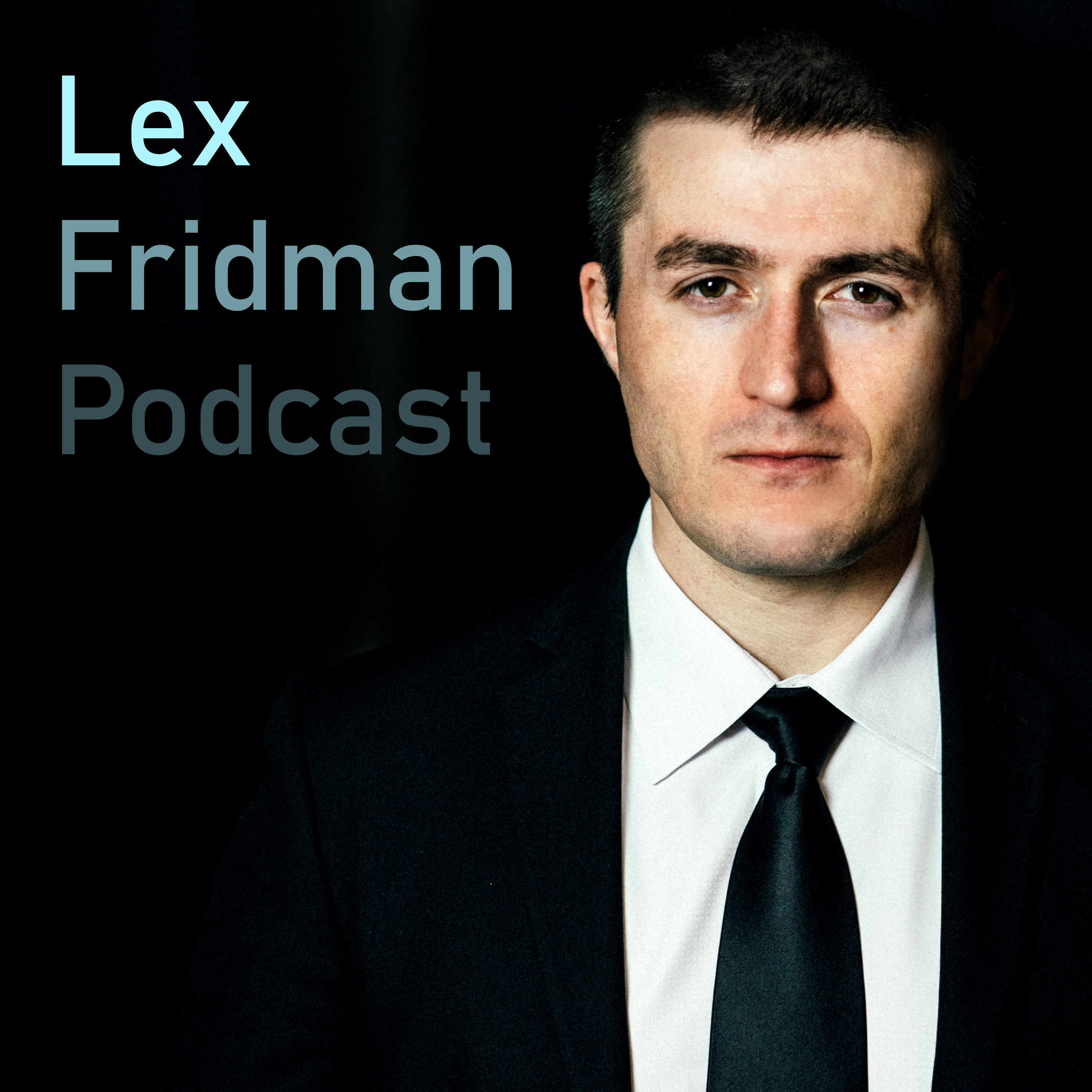Chapter

How computers work
A modern computer fetches a large number of instructions and then executes it in a way that gets the right answers. When building a computer, the target and required speed are taken into consideration, while different disciplines work together to make it happen.
Clips
The structure of neural networks is based on the understanding of the connection and storage of information in the distributed fashion through several layers of neurons.
01:50 - 04:16 (02:25)
Summary
The structure of neural networks is based on the understanding of the connection and storage of information in the distributed fashion through several layers of neurons. Despite the development of artificial neural networks, the functionality of the human brain remains largely undiscovered.
ChapterHow computers work
EpisodeJim Keller: Moore’s Law, Microprocessors, Abstractions, and First Principles
PodcastLex Fridman Podcast
Computers fetch a large number of instructions, compute the dependency graph, and execute it in an organized manner to get the right answers.
04:16 - 08:18 (04:02)
Summary
Computers fetch a large number of instructions, compute the dependency graph, and execute it in an organized manner to get the right answers. Building a modern computer requires targeting its purpose, considering the necessary speed metrics and coordinating between different disciplines to operate effectively.
ChapterHow computers work
EpisodeJim Keller: Moore’s Law, Microprocessors, Abstractions, and First Principles
PodcastLex Fridman Podcast
The concept of parallelism is applied to instructional programs to fetch a lot of instructions and determine the dependency graph in order to issue instructions faster, but it is important to recognize sentences that can be read in any order without changing the intended meaning.
08:18 - 10:18 (01:59)
Summary
The concept of parallelism is applied to instructional programs to fetch a lot of instructions and determine the dependency graph in order to issue instructions faster, but it is important to recognize sentences that can be read in any order without changing the intended meaning.